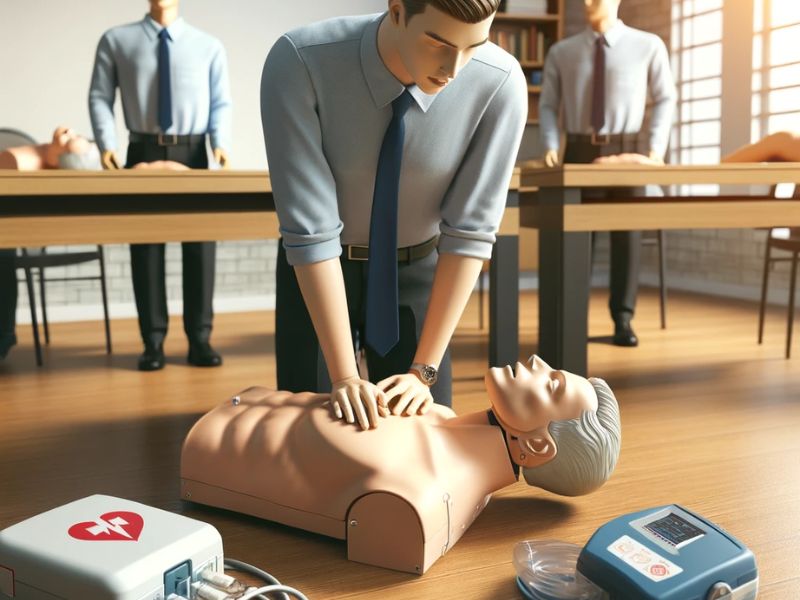
BLS Protocol: An Essential Guide
Understanding the Basics of Basic Life Support
Introduction to the BLS Protocol
Basic Life Support (BLS) is a level of medical care used for patients until advanced medical assistance arrives. BLS is crucial in emergency situations, such as cardiac or respiratory arrest, and can be performed by trained responders and non-medical personnel. The BLS protocol includes various techniques, such as Cardiopulmonary Resuscitation (CPR) and the use of defibrillators. It is essential for anyone learning BLS to understand the importance of acting quickly and efficiently to increase the victim’s chances of survival.
Stages of the BLS Protocol
The BLS protocol consists of several key stages. The first stage is the assessment of the scene and the responder’s safety. Next, the victim is assessed, checking for signs of breathing and consciousness. If the victim is not breathing or shows no signs of circulation, CPR is initiated, combining chest compressions with rescue breathing. The use of an Automated External Defibrillator (AED) is implemented as quickly as possible if available.
The Importance of BLS Training
BLS training is crucial to ensure that responders can correctly perform life-saving techniques. BLS courses, offered by organizations such as the Red Cross and the American Heart Association, provide the necessary skills to execute the BLS protocol. These courses cover both theory and practice, with simulations of emergency scenarios to ensure that participants can effectively apply their skills in real situations.
Updates and Innovations in BLS
The BLS protocol undergoes continuous revisions and updates based on research and clinical data. Recent innovations in the field include improved CPR techniques and the more widespread use of AEDs. It is essential for healthcare professionals and trained responders to keep their certifications up to date to stay informed about best practices and new techniques.


